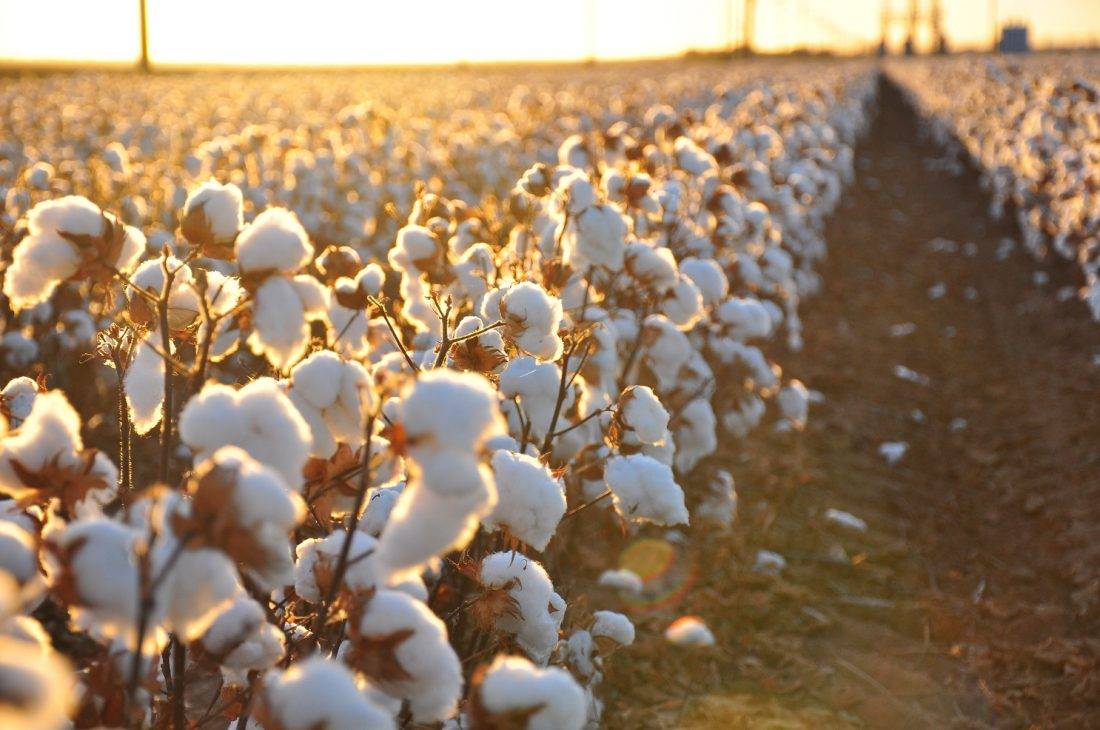
In spite of a request for increasing the cost, the decrease in MSP of cotton seeds by the government has brought private seed companies to take a stubborn decision of reducing the production of cotton seeds this Kharif season. The central government has reduced the price of cotton seeds from Rs 70 to Rs 60 per packet for the current year.
The reason behind it is that there has been a rise of 15-20% in production cost, the illegal menace of seed sale by the unorganized sector, the pink bollworm and approach of farmers towards the cotton crop. As told by Shambhekar, this will hamper the growth of industry and leaving little margins for growth.

A committee set up by the government recommended a reduction in the Bollgard-II cottonseed price by Rs 60 to Rs740 on a packet of 450 gm. The recommendations are more likely to be accepted by the Centre.
While the seed value is reduced by Rs 50, the trait value is pared by Rs 10 to Rs 39.
The committee was set up in 2015 after the Centre brought in the Cottonseed Price (Control) Order to regulate the cotton seed price. It had kept the price unaltered last year.
For this year, it, however, suggested a reduction to give relief to farmers who suffered heavily in several areas.
Citing news reports, the association wrote a letter to Shobhana Kumar Pattanayak, Secretary, Union Ministry of Agriculture, appealing for a raise in the seed price.

The minimum support price for cotton went up to Rs.4,320 a quintal in 2017 as against Rs.3,000 in 2011. On the other hand, the cost of production has gone up significantly,” the letter said.
Cottonseed prices have dropped drastically in the past few years, but fuel, labour, chemical and supply chain costs have risen sharply, squeezing margins of most seed makers.
For one, the minimum wages for labour went up to Rs.342 in 2017 from Rs.176, resulting in an increase in the cost of production.
The Cotton Advisory Board of India has revised its estimate for this year’s cotton supply and demand situation in India. The provisional estimate, released July 13, has put India’s crop production to be at its lowest total in five years since the crop year 2011-12.
This year, India is estimated to produce 33.8 million bales (170 Kgs each), which is significantly lower than reported production in the past two seasons. During the 2013-14 year, India produced 39.8 million bales during the 2013-14 season, and 38.6 million bales last season, which ended on September 2015.
The newly revised estimate is 1.4 million bales lower than the February estimate of 35.2 million bales. To meet the expected demand of 37.6 million bales, which will be slightly higher this year than last year, India will use its stock reserves. As a result, the country’s closing stock this year will be 4.3 million bales – down from last year’s 6.6 million bales.
As production continues to show a decline since 2013-14, exports are projected to be 6.8 million bales – also down versus higher numbers during the three previous crop years.















